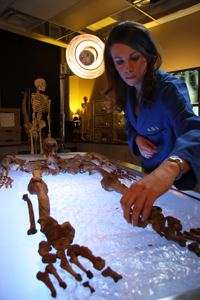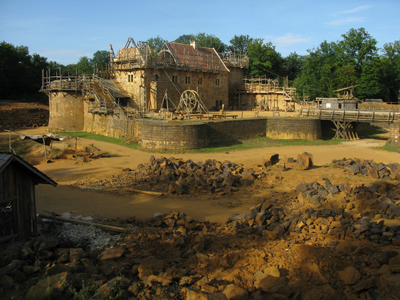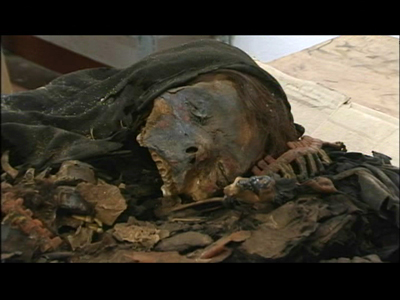TAC Fest 2011 Pages
 |
 |
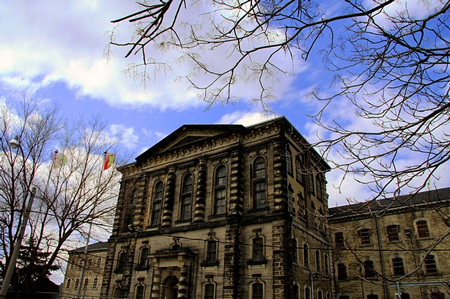
In 2007, Archaeological Services Inc. began an investigation to uncover the Murderer's Graveyard, home to some of Canada's most infamous criminals. Hangman's Graveyard is a dark and haunting tale of rogues, rakes and villains as a modern day archaeological investigation seeks to uncover and identify the remains of the executed inmates of Toronto's notorious Old Don Jail. They discover the skeletal remains of fifteen men who went to the gallows between 1880 and 1932. Who were these men? What were their crimes? The film follows the lives of three of the men found in the forgotten cemetery and examines the history of the Don Jail, capital punishment in Canada, and the nation's most feared hangman, Arthur Ellis.
VIEW SHORT VIDEO CLIP:
Play with Windows Media Player: 300k or 700k
Length: 47 min.
Country: Canada
Language: English
Director: Mick Grogan
Producer: Daniel Thomson
Producer Web site: www.danielthomson.ca
Distributor: Ballinran Productions
Distributor Web site: www.ballinran.com
Festival Screenings and Awards:
Premiere on History Television, 2009; Special Screening, The Ontario Archaeological Society's 36th annual symposium, 2009; Official Selection, DocFest, Stratford, Ontario, 2009; Nominated Best Editorial Research, Gemini Awards; Public Communications Award, Canadian Archaeological Association; Director of Photography nominated Docudrama Cinematography, Canadian Society of Cinematographers Award; Nominated Heritage Toronto Award in the Media Category, 2010.
 |
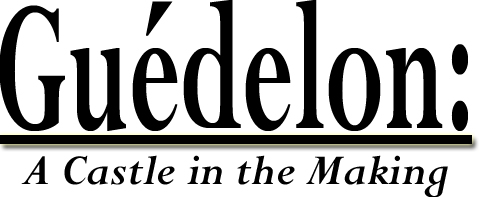 |
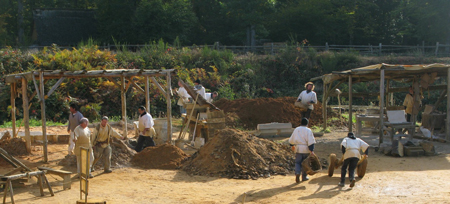
To visit this site is to take a journey into history. The reason is as simple as it is unbelievable: in the forest of Saint-Sauveur, France, fifty craftsmen are constructing a castle following 13th Century techniques. The forest provides them with their building materials: water, stone, earth, sand, and wood. Construction uses no excavator, no drill, no electricity, and no internal combustion engine is in use. Quarriers, stone hewers, masons, and carpenters are working as they would have seven centuries ago as more than 300,000 visitors come each year to watch. It is a continuous, lively, and progressive building yard where towers, curtains, and the keep will spend twenty-five years emerging from the earth. Reinhard Kungel and his film team began working at Guédelon in 1999.
VIEW SHORT VIDEO CLIP:
Play with Windows Media Player: 300k or 700k
Length: 84 min.
Country: Germany
Language: English
Director: Reinhard Kungel
Producer: Reinhard Kungel
Producer Web site: www.rk-film.de
Distributor: RK Film
Distributor Web site: www.rk-film.de
 |
 |
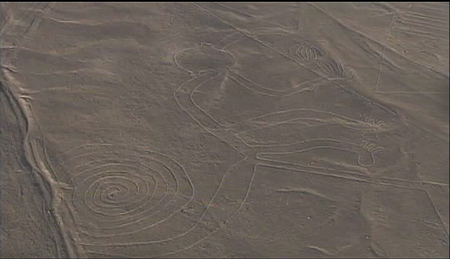
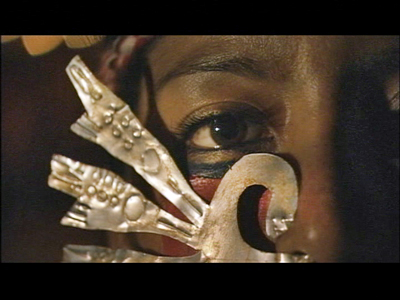
The maze-like pyramid and the geoglyphs of the Nazca Province of Peru long have been a mystery to archaeologists. This documentary, directed by Minoru Nakamura, presents the entire two-month excavation process of the pyramid in which the first ever Nazca human tomb was discovered. Beneath piles of leaves and corn cobs, three layers of bamboo floors and pacae leaves, they uncovered the mummy of a young priestess wearing a gold mask. Why would she have been entombed when all other people had been buried in simple, small holes? Perhaps she was one of the most revered prophets of her time. This discovery changes views of Cahuachi culture and suggests a new hypothesis on the research of the civilizations of South America.
VIEW SHORT VIDEO CLIP:
Play with Windows Media Player: 300k or 700k
Length: 53 min.
Country: Japan
Language: English
Director: Hisashi Kanamaru
Producer: Hisashi Kanamaru
Producer Web site: http://www.tbs-v.co.jp/
Distributor: Tokyo Broadcasting System Television, Inc
Distributor Web site: http://www.tbs-v.co.jp/
 |
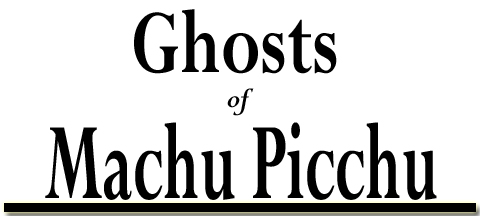 |
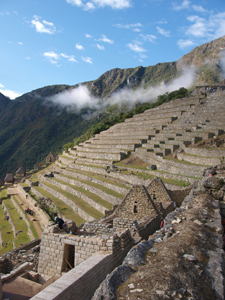
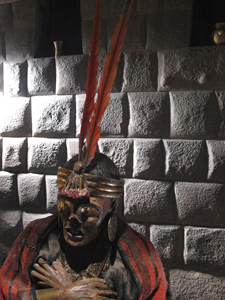
Perched atop a mountain crest and mysteriously abandoned more than four centuries ago, Machu Picchu is the most famous archaeological ruin in the Western Hemisphere and an iconic symbol of the power and engineering prowess of the Inca. In the years since Machu Picchu was discovered in 1911 by Hiram Bingham, archaeologists have continued to develop countless theories about this "Lost City of the Incas," yet it remains an enigma. Why was it built on such an inaccessible site? Who lived among its stone buildings, farmed its emerald green terraces, and drank from its sophisticated aqueduct system? NOVA joins a new generation of archaeologists as they probe areas of Machu Picchu that haven't been touched since the time of the Incas. See what they discover when they unearth burials of the people who built the site.
VIEW SHORT VIDEO CLIP:
Play with Windows Media Player: 300k or 700k
Length: 56 min.
Country: USA
Language: English
Director: Owen Palmquist, Ricardo Preve
Producer: Owen Palmquist, Ricardo Preve
Distributor: National Geographic Television
Distributor Web site: http://www,pbs.org/wgbh/nova/ancient/ghosts-machu-picchu.html
Festival Screenings and Awards:
Banff World Television Awards.
 |
 |
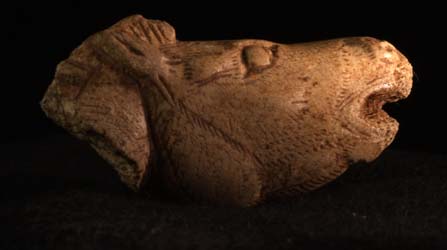
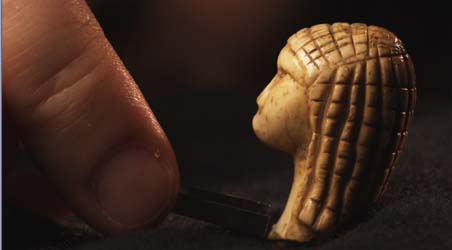
A hundred years after being donated to the National Archaeology Museum, the world's greatest collection of prehistoric art finally was opened to the public. This collection boasts some of mankind's masterworks, the most famous being the "Lady with a Hood," a face carved in mammoth ivory over 25,000 years ago. It remains the oldest known portrait in the history of humanity. Assembled in the 19th Century by an amateur archaeologist named Edouard Piette, this collection of carvings and sculptures tells us as much about our ancestors as it does about the man who dug them out of the ground when the science of prehistory was in its infancy. Tracing the footsteps of this pioneer of prehistoric art, A Face for Prehistory takes us on a thrilling scientific and human adventure amid the wealth of new discoveries and fierce debate that characterized the late 19th Century.
VIEW SHORT VIDEO CLIP:
Length: 52 min.
Country: France
Language: English
Director: William Terver
Producer: Fabrice Coat and Christine Doublet
Distributor: Program 33
Distributor Web site: www.program33.com
Festival Screenings and Awards:
Broadcast on France 5, 2009; Archaeology Prize in the Archaeological Festival of Besancon, France, 2009; Jules Vernes Prize in Amiens Festival of Archaeological Film, Amiens, France; Selected for International Archaeological Film Festival of the Bidasoa, Irun, Spain, 2010.

